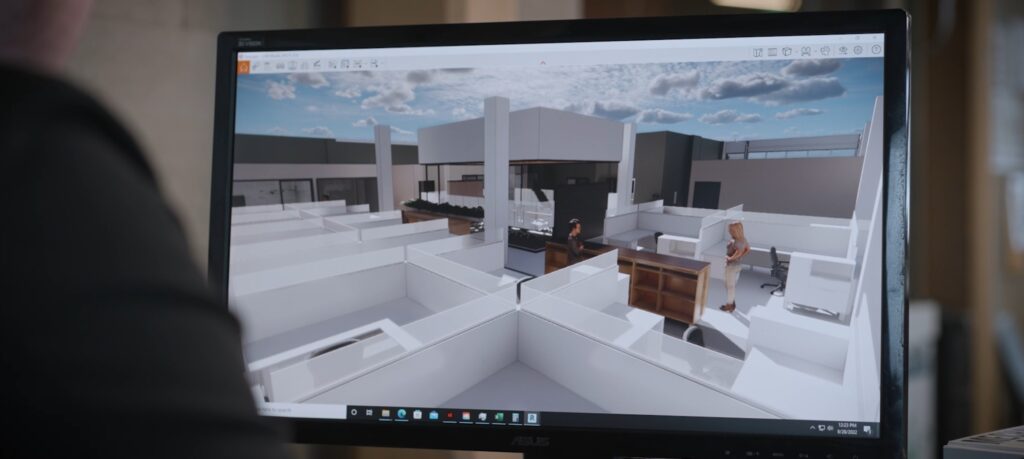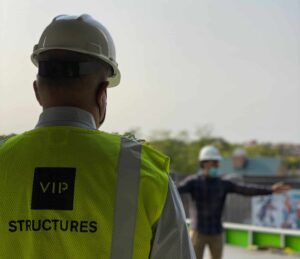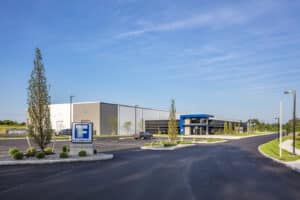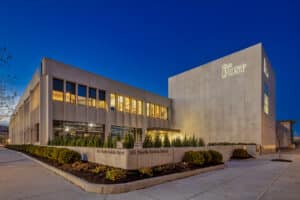A concept we’ve only witnessed in science fiction films and space-age movies is finally working its way into mainstream markets. According to Statista and Touchstone Research, the revenue for virtual reality products is projected to reach $4.6 billion dollars by next year, reaching 171 million users by 2018. Virtual reality is already a force in the gaming industry but the benefits of VR resulted in the product working its way into other industries, including market research, architecture, and construction. It’s becoming a game-changer.

What is Virtual Reality (VR)?
Although most are familiar with the term, Google defines virtual reality as a computer-generated simulation of a 3D environment or image in which the user can interact in a real and nearly physical way using VR equipment. The user is completely immersed in the virtual world through the usage of a VR headset where the person can interact with the new environment. Other terms for VR include artificial environment and computerized simulation.
How is Virtual Reality used in Design-Build?
Architects and building designers are creating Building Information Models (BIM) which can, in turn, be used as virtual reality models, providing the ability to visualize the building in 3D. Design-build firms like VIP Structures have a virtual reality workstation on-site which takes the VR model and processes it to show the building in a virtual environment. Using a headset and controller, a user can walk through the building and visualize the space. The workstation dynamically shows each room and entire floors of a building from all vantage points.
What are the key benefits of VR for a client?
The core benefit of VR for a client or developer is the ability to visualize the space. With drawings and models viewers often struggle to conceptualize and feel the environment inside the building. VR helps clients immerse themselves within an environment to understand wall faces and spaces, including comparisons of traditional versus modern design, basic versus high-end finishes, layouts of rooms, and flow. It provides owners of projects a complete virtual visualization of their project which assists with planning. As a space planning consultant, understanding limitations assists firms like VIP in maximizing space in buildings.
What are the benefits of VR for a design-build firm?
Like 3D modeling, VR also helps as a quality and coordination check, which allows architects the ability to experience the physical dimensions of a space. VR provides a visual opportunity to make corrections and fix issues before the project goes to construction. This helps eliminate future problems which may have occurred without having the opportunity to view the space in a virtual environment ahead of time. VR further supports the growing popularity in integrated design-build which streamlines architecture, engineering, and construction by using one firm for all disciplines.
VIP Structures is very excited to bring the benefits of its virtual reality workstation to its clients and its projects. The benefits of VR extend to both internal quality control processes and the ability of our clients to visualize their building spaces, ensuring the vision of their property meets their expectations. VIP Structures is an integrated design-build firm in Syracuse, NY. Questions about how VR can be used for your next building project? Contact us below.



